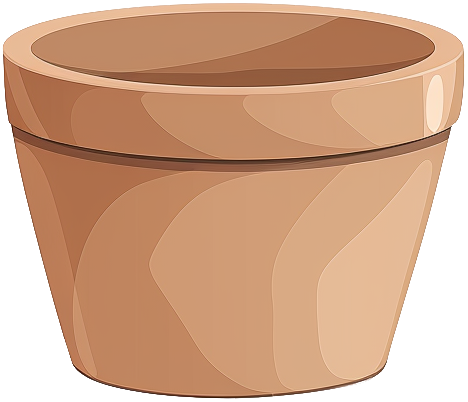- maxillaria
- tenuifolia

maxillaria
tenuifolia
tenuifolia
Care level
Medium
This plant is particularly recognized for the strong, sweet scent its flowers release, often described as like coconut. It produces numerous relatively small flowers from a spreading structure at the base of small swollen stems topped with narrow, grass-like leaves.
Care & maintenance
Light
Bright light, usually located near windows but doesn't receive direct rays for more than an hour during the day.
Temperature
Wide range (59°F - 82.4°F)
Fertilization frequency
Moderate
Monthly during the growing period.
Soil
Choose a Epiphyte mix: An extremely well-draining, airy substrate that mimics tree bark. Allows roots to breathe while providing intermittent moisture.
If you want to create your own substrate, you can make a mixture of the following soils:
Click on the soil name for more information.
Pot

Wide/Shallow
Prefer a pot that is wider than it is deep.
Incorrect or incomplete information?
In our goal of building the best plant database, we sometimes make mistakes or have incomplete information. You can help us fill these gaps!
Features
Size & growth
Medium
Trailing
Moderate growth
This plant grows at a moderate rate. It can reach 1 to 3 feet in height or spread.
It spreads horizontally, often along the ground.
Toxicity
| Cat | |||
|---|---|---|---|
| Dog | |||
| Human |
Reproduction & propagation
Fruits & flowers
Flowering & not self-pollinating
The maxillaria tenuifolia can produce flowers and therefore fruits.
This plant is not capable of self-pollination, it will not be able to produce fruits if it is not pollinated by another individual.



